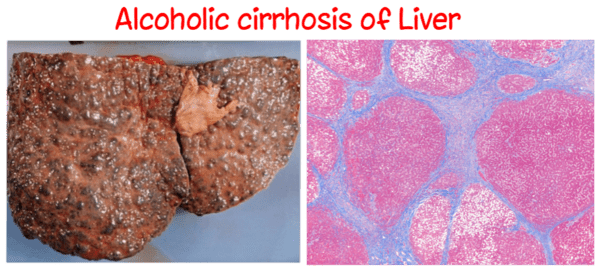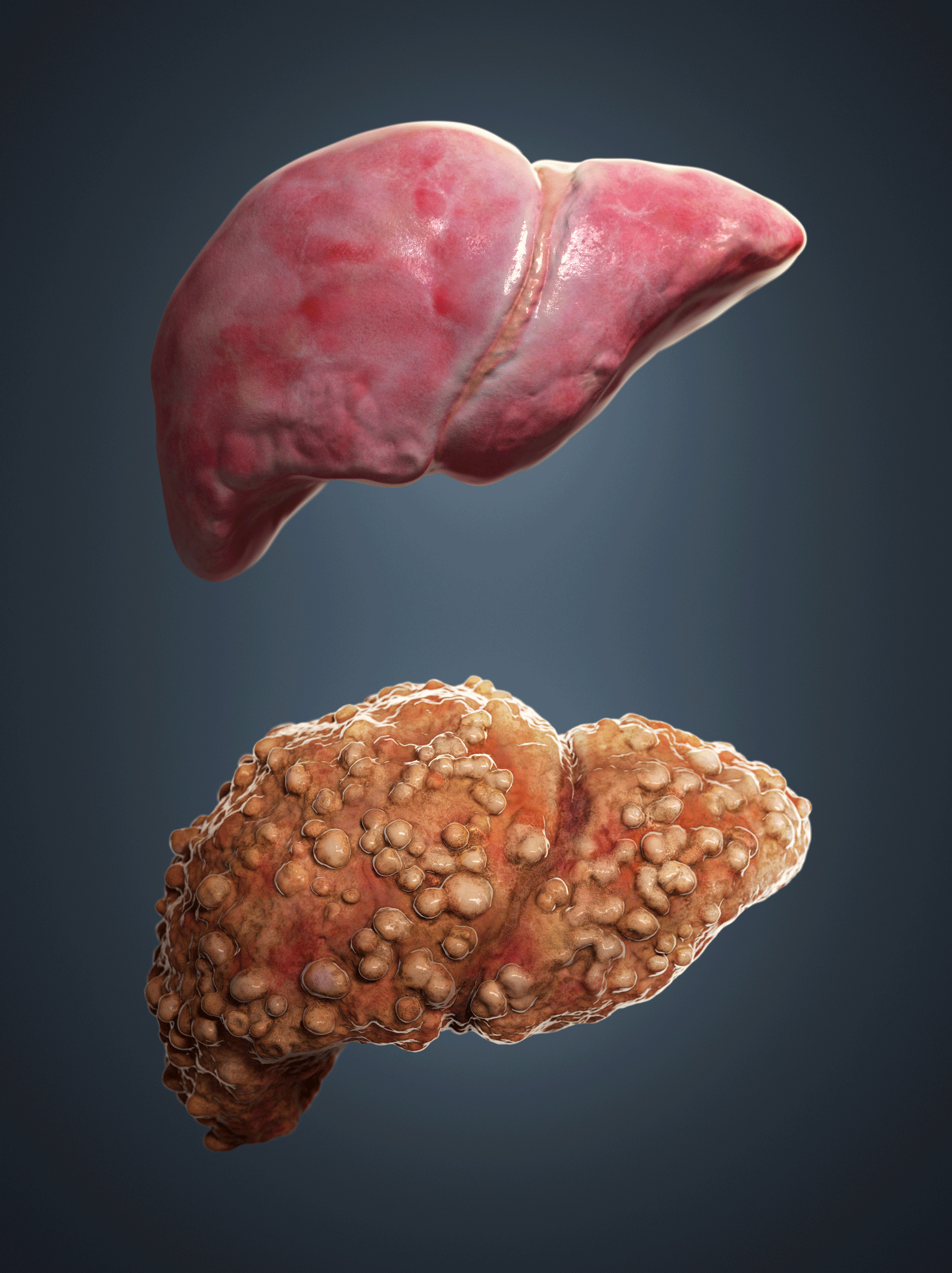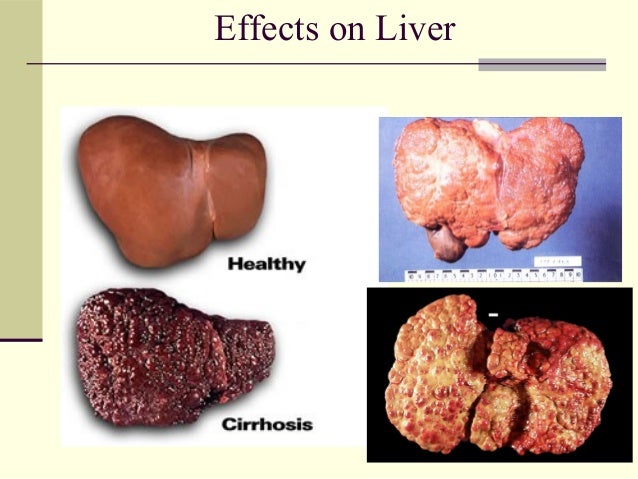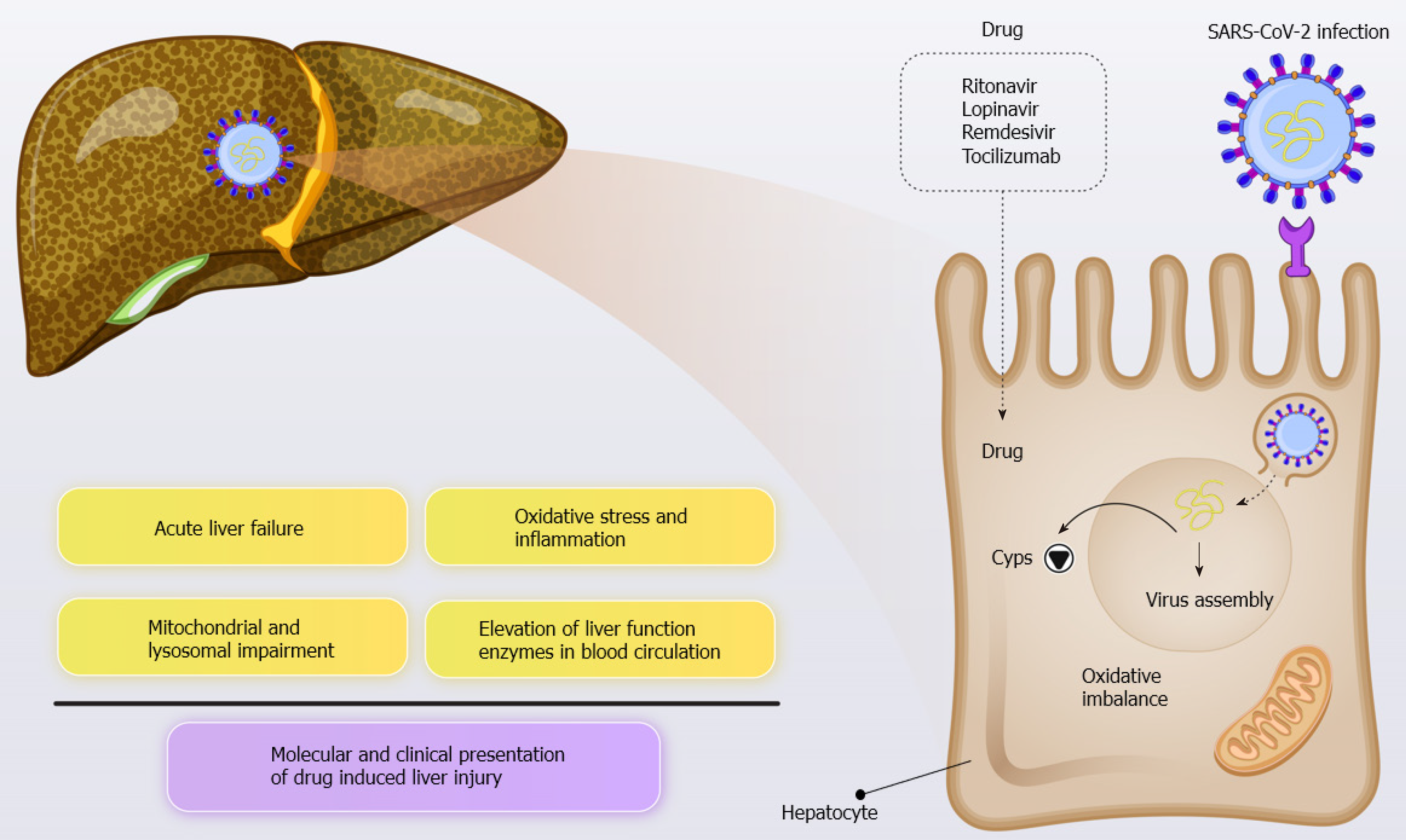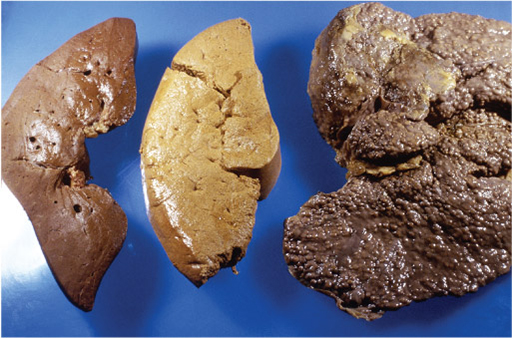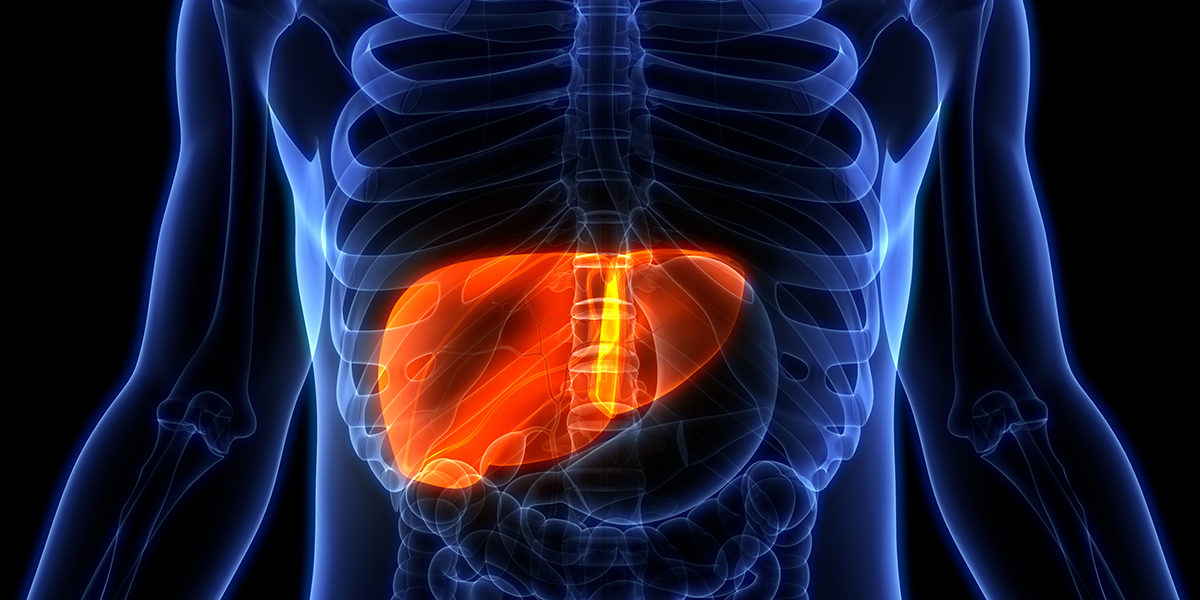Substance Created By Mold That Damages The Liver

Recent research has brought to light a concerning discovery: a specific substance produced by certain molds, dubbed tentatively as "MoldaTox," appears to be causing significant liver damage in affected individuals. The findings, published in the Journal of Toxicology, have triggered a wave of investigations by public health organizations and regulatory bodies to understand the scope and severity of the potential threat.
This development raises crucial questions about the prevalence of the toxin, its sources, and the long-term health consequences for those exposed. The situation demands immediate attention to prevent further harm and to develop effective strategies for detection, treatment, and prevention.
The Discovery of MoldaTox
The initial connection between MoldaTox and liver damage emerged from a cluster of unexplained illnesses reported in rural communities of the Midwestern United States. Health officials noticed a statistically significant increase in cases of acute liver failure among residents living in older homes with visible mold growth.
Researchers at the Centers for Disease Control and Prevention (CDC) collaborated with the Environmental Protection Agency (EPA) to conduct comprehensive environmental and biological testing. They identified MoldaTox as a common factor in the homes of affected individuals and in the blood samples of patients suffering from liver damage.
Understanding the Toxin
MoldaTox is a mycotoxin, a toxic chemical produced by fungi. Its chemical structure is complex, making it difficult to analyze and synthesize. Preliminary studies suggest that MoldaTox disrupts the normal functioning of liver cells, leading to inflammation, cell death, and ultimately, liver failure.
Exposure to MoldaTox can occur through inhalation, ingestion, or skin contact. The severity of the effects depends on the concentration of the toxin, the duration of exposure, and individual susceptibility factors.
Sources of MoldaTox
The molds that produce MoldaTox thrive in damp, poorly ventilated environments. Common sources include water-damaged buildings, leaky roofs, and areas with high humidity. Certain species of Aspergillus and Penicillium have been identified as primary producers of the toxin.
Food contamination is another potential source of exposure. Grains, nuts, and other agricultural products can be contaminated with MoldaTox during storage or processing. The Food and Drug Administration (FDA) is currently investigating the extent of MoldaTox contamination in the food supply.
Symptoms and Diagnosis
Symptoms of MoldaTox exposure can vary widely, ranging from mild flu-like symptoms to severe liver damage. Early symptoms may include fatigue, nausea, abdominal pain, and jaundice (yellowing of the skin and eyes).
In severe cases, MoldaTox exposure can lead to acute liver failure, requiring hospitalization and potentially liver transplantation. Diagnosis is challenging because the symptoms are non-specific. Specific tests to detect MoldaTox in blood or urine are still under development, but liver function tests and imaging studies can help assess the extent of liver damage.
The Human Cost
The story of Sarah Miller, a 42-year-old mother from Iowa, exemplifies the devastating impact of MoldaTox exposure. She began experiencing unexplained fatigue and abdominal pain. Doctors initially misdiagnosed her condition, but after months of worsening symptoms, liver function tests revealed severe liver damage.
Environmental testing of her home revealed significant MoldaTox contamination. While treatments are being developed, she underscores the urgent need for wider awareness and better diagnostic tools.
Public Health Response
The discovery of MoldaTox has prompted a rapid response from public health organizations. The CDC has issued guidelines for preventing mold growth in homes and workplaces. The EPA is working to develop methods for detecting and removing MoldaTox from contaminated environments.
The FDA is also increasing its monitoring of food products for MoldaTox contamination. Researchers are actively working to develop effective treatments for MoldaTox exposure, including drugs that can neutralize the toxin or protect liver cells from damage.
Prevention and Mitigation
Preventing MoldaTox exposure requires a multi-pronged approach. Regular inspections for water damage and mold growth are crucial. Promptly addressing any leaks or moisture problems can prevent mold from developing.
Improving ventilation in homes and workplaces can also reduce the risk of mold growth. Using air purifiers with HEPA filters can help remove mold spores from the air.
Consumers should also be cautious about the quality and storage of food products, especially grains and nuts. Properly storing food in dry, well-ventilated conditions can prevent mold contamination.
The Road Ahead
The discovery of MoldaTox represents a significant public health challenge. More research is needed to fully understand the toxin's mechanisms of action, its prevalence in the environment, and its long-term health effects.
Developing effective diagnostic tests and treatments is also a high priority. Collaborative efforts between researchers, public health organizations, and regulatory bodies are essential to address this emerging threat and protect public health.
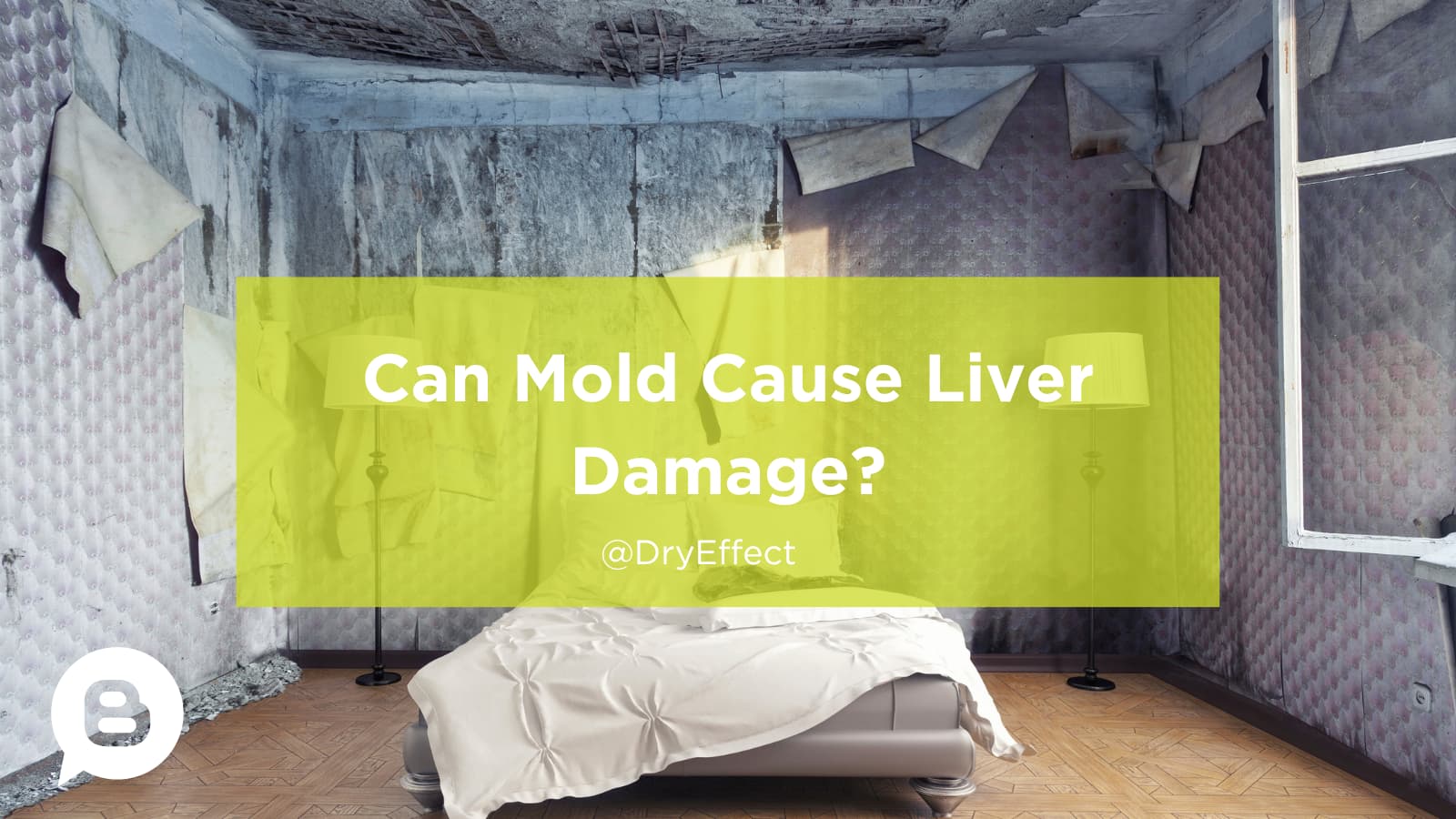

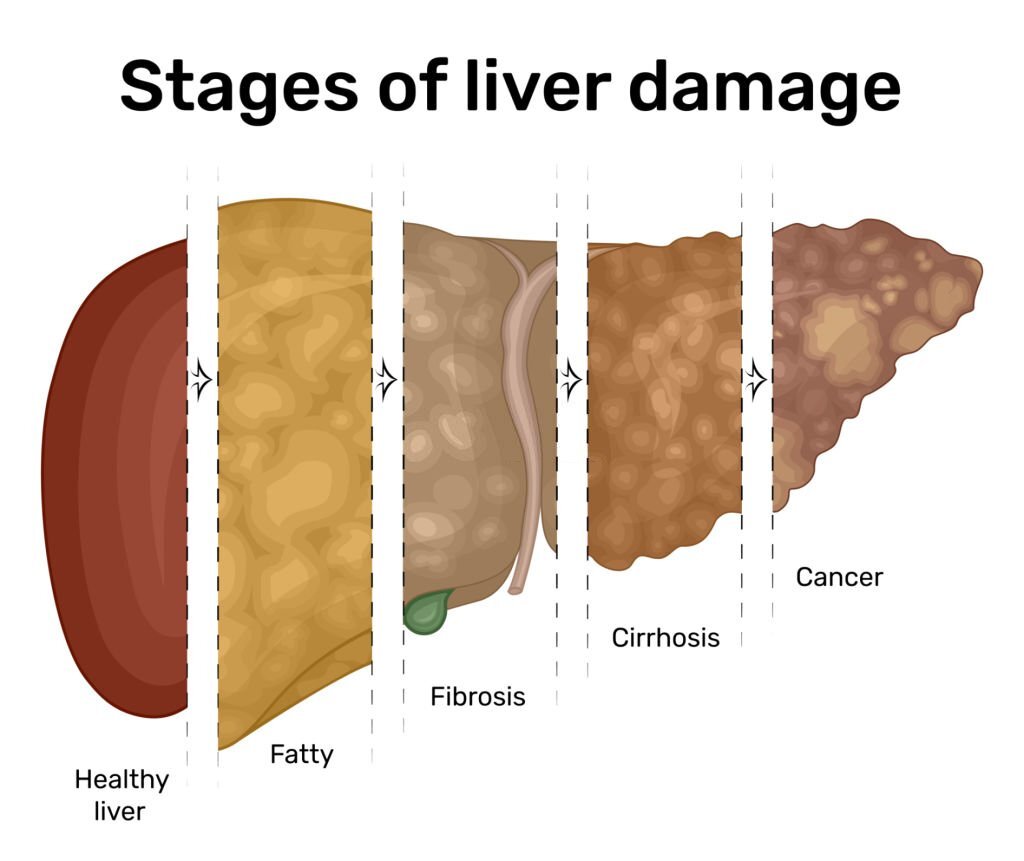
![Substance Created By Mold That Damages The Liver [DIAGRAM] Diagram Liver Damage - MYDIAGRAM.ONLINE](https://www.opioidtreatment.net/wp-content/uploads/2018/02/liver-damage.jpg)

